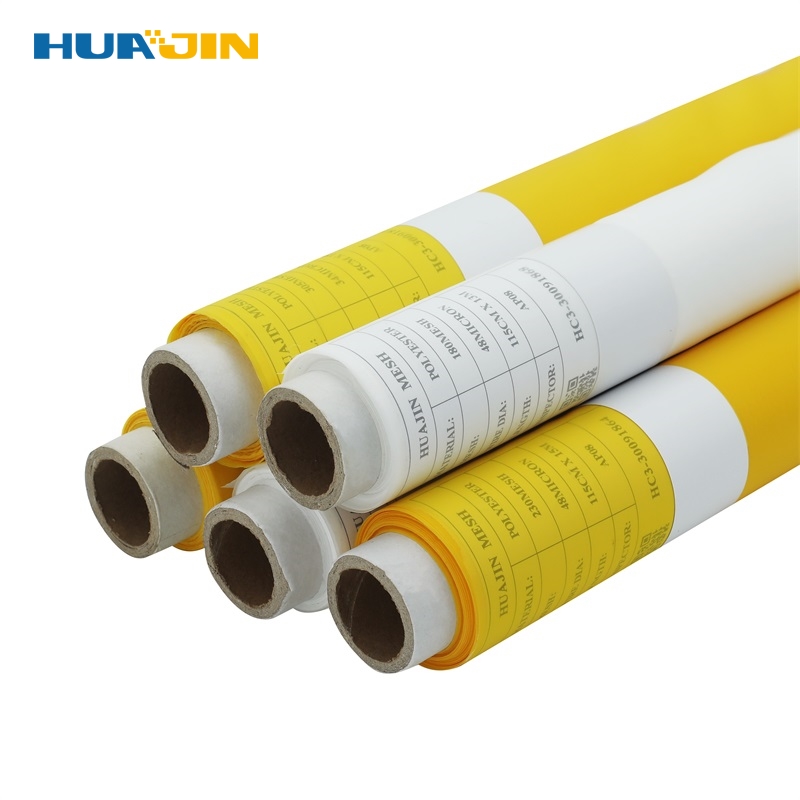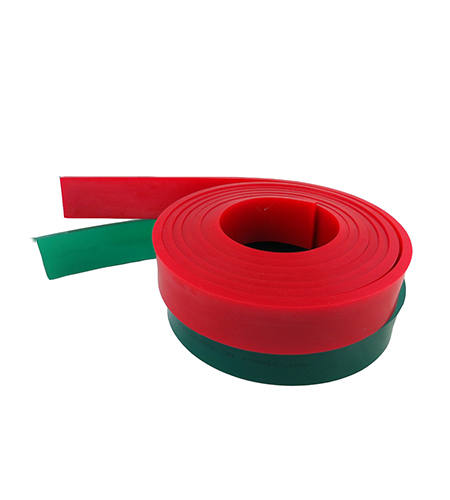1. Select the appropriate ink viscosity: Ink viscosity refers to its thickness or resistance to flow. Different inks have varying viscosities, and selecting the correct one for the specific print job is crucial. Ink that is too thick may clog the mesh, resulting in incomplete or distorted prints, while ink that is too thin may bleed or spread excessively. Printers should consult the ink manufacturer's guidelines and adjust the ink viscosity using appropriate additives, such as reducers or thickeners, to achieve the desired flow consistency.
2. Maintain consistent ink temperature: Temperature affects ink viscosity. Ink that is too cold becomes thicker, making it challenging to flow smoothly through the silk screen printing mesh. Conversely, ink that is too warm becomes thinner, potentially leading to excessive spreading or bleeding. Printers should store ink in a temperature-controlled environment and ensure it is within the recommended temperature range before use.
3. Use proper squeegee pressure and angle: The squeegee is a crucial component in mesh screen printing that helps transfer ink onto the substrate through the mesh. Controlling the squeegee pressure and angle is essential for optimizing ink flow. Too much pressure can cause excessive ink buildup, leading to smudging or ink seepage, while too little pressure may result in insufficient ink coverage. Additionally, the squeegee angle affects ink flow consistency. Printers should experiment with different pressures and angles to find the optimal settings for each print job.

The second crucial factor is mesh tension. Mesh tension refers to the tightness of the screen mesh stretched across the frame. Proper tension ensures that the mesh remains stable and maintains consistent contact with the substrate during printing, resulting in sharp, precise prints. Here are some guidelines to optimize mesh tension:
1. Use a tension meter: A tension meter is a valuable tool for measuring and adjusting mesh tension accurately. Printers should regularly measure the tension of their screens and ensure they are within the recommended range for the chosen mesh material. Adjustments can be made by loosening or tightening the mesh using appropriate tensioning devices, such as clamps or stretching equipment.
2. Regularly inspect and maintain screens: Over time, screen tension may decrease due to factors like mesh fatigue or environmental conditions. Printers should regularly inspect screens for signs of wear, such as sagging or loose mesh, and re tension or replace screens as needed. Proper screen maintenance, including cleaning and storing screens in a controlled environment, helps prolong their lifespan and ensures consistent print quality.
3.Consider optimal mesh count: Mesh count refers to the number of threads per inch in the printing screen mesh. Different print jobs require varying mesh counts to achieve optimal detail and ink deposit. Higher mesh counts provide finer detail but require more significant ink pressure, while lower mesh counts allow for more substantial ink deposits but may sacrifice fine detail. Printers should select the appropriate me
By paying careful attention to ink flow and mesh tesh count based on the desired print outcome and adjust mesh tension accordingly.nsion, printers can enhance print quality, consistency, and efficiency in screen printing mesh silk. Optimal ink flow ensures proper ink coverage and prevents issues like streaking.



